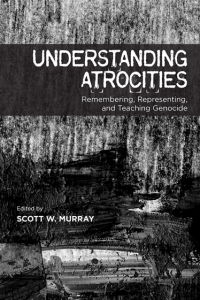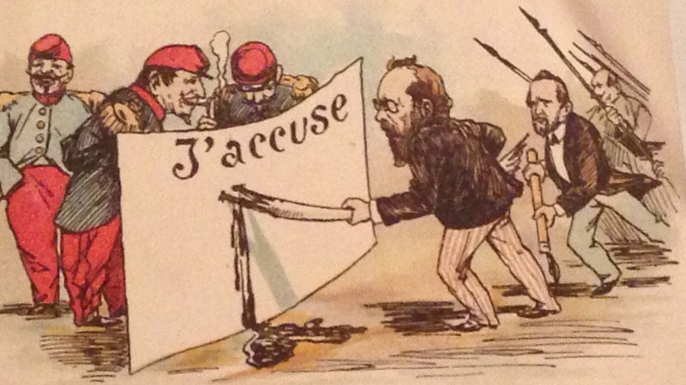Part I: Man’s Inhumanity to Women
Mid-semester, in our high school genocide studies course, my students and I were about to begin class by turning to the assigned readings on the Bosnian War and the question of genocide in former Yugoslavia. I had prepared slides for the day’s discussion that included numerous photographs, which, in retrospect, showed mostly Muslim boys and men behind barbed-wire fences. As students were coming into the classroom, one student, Elise (a pseudonym), began describing a performance of Eve Ensler’s Vagina Monologues she had seen the previous weekend. One monologue in particular resonated with the week’s readings: “My Vagina was My Village.” The monologue describes the intimate, excruciating story of a woman being brutally raped during the course of the war, as well as the physical and emotional aftermath of living with the trauma. As Elise described the monologue in careful detail, the class grew increasingly quiet, students’ eyes trained on their desks. I too sat motionless not wanting to interrupt Elise but wondering if the topic of rape was too difficult, inappropriate for high schoolers. Elise ended her comments with a question that reverberated around our classroom: “Why don’t we talk about rape and the stuff that happens to women?” After a long pause, she continued: “It’s almost like…the way it’s talked about…genocide…I mean…it’s almost like it’s something that men do to other men.”




 As a middle and high school history and social studies teacher, I have taught about the Holocaust and other genocides for many years. At the beginning of my career, students in my classes would have encountered only the Holocaust, but, recently, I have broadened my curriculum to include many additional examples and aspects of genocide. Despite growing
As a middle and high school history and social studies teacher, I have taught about the Holocaust and other genocides for many years. At the beginning of my career, students in my classes would have encountered only the Holocaust, but, recently, I have broadened my curriculum to include many additional examples and aspects of genocide. Despite growing 